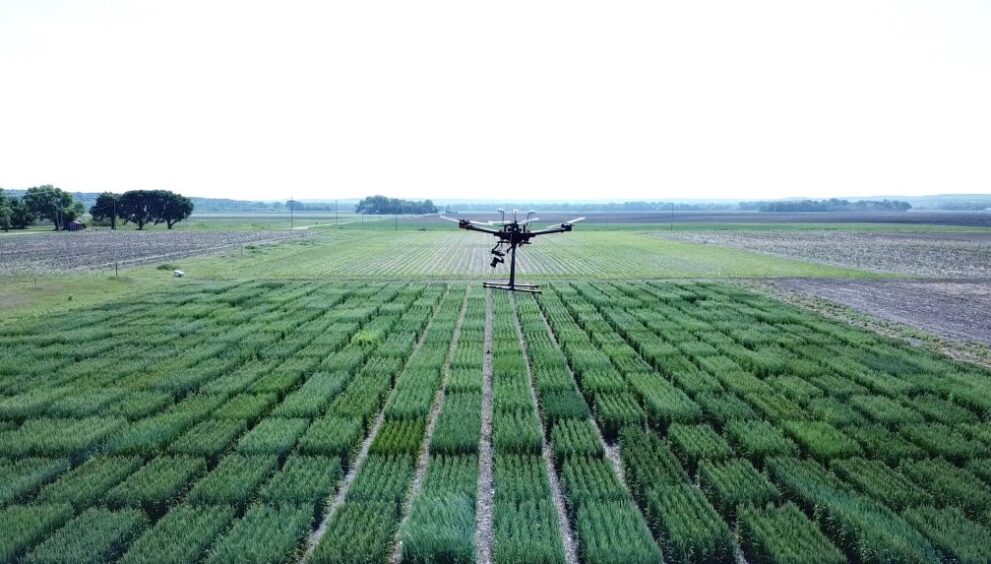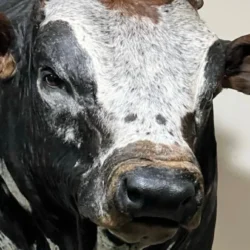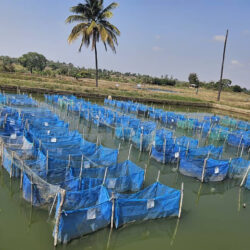Two new studies led by the International Maize and Wheat Improvement Center (CIMMYT) reveal how tapping into this ancient genetic diversity can revolutionize wheat breeding and safeguard global food security.
According to the studies, crop wild relatives that have survived changing climates for millions of years may provide the solution to adapting wheat, humanity’s most widely grown crop, to climate change.
As the weather becomes more erratic and extreme, wheat — providing 20% of all calories and protein globally and serving as the primary staple food for 1.5 billion people in the Global South — faces unprecedented threats. These include heat waves, delayed rains, flooding, and new pests and diseases.
“We’re at a critical juncture,” says Dr. Matthew Reynolds, co-author of both studies. “Our current breeding strategies have served us well, but they must now address more complex challenges posed by climate change.”
The research points to a vast, largely untapped reservoir of nearly 800,000 wheat seed samples stored in 155 genebanks worldwide. These include wild relatives and ancient, farmer-developed varieties that have withstood diverse environmental stresses over millennia. Although only a fraction of this genetic diversity has been utilized in modern crop breeding, it has already delivered significant benefits.
Proven impacts of wild wheat genes
One of the studies, a review published today in Global Change Biology (GCB), documents the immense impact of wild relatives’ traits, including on environmental sustainability. It finds that the cultivation of disease-resistant wheat varieties has avoided the use of an estimated 1 billion liters of fungicide just since 2000.
“Without transferring disease-resistant genes from wild relatives to wheat, fungicide use would have easily doubled, harming both human and environmental health,” says Dr. Susanne Dreisigacker, Molecular Breeder at CIMMYT and co-author of the review.
Sharing of new wheat breeding lines through the CIMMYT-led International Wheat Improvement Network, comprising hundreds of partners and testing sites around the world, increases productivity worth USD 11 billion of extra grain every year. The extra productivity has saved millions of hectares of forests and other natural ecosystems from cultivation.
Up to 20% more growth
The review highlights breakthroughs using wheat wild relatives, including experimental lines showing up to 20% more growth under heat and drought conditions. Genes from wild wheat have enabled the first crop to interact with soil microbes, reducing nitrous oxide emissions and improving nitrogen use. High-yielding, climate-resilient cultivars have been released in Afghanistan, Egypt, and Pakistan. “Breeding BNI-wheat to interact beneficially with the soil microbiome marks a significant achievement,” says Victor Kommerell of CIMMYT and JIRCAS.
Another study in Nature Climate Change emphasizes the urgent need to scale genetic diversity for climate resilience, including deeper roots, better heat tolerance, and enhanced survival in extreme weather. “Access to greater genetic diversity and new breeding approaches are essential,” notes Dr. Julie King of Nottingham University.
Modern breeding has focused on elite varieties, but new technologies like gene sequencing, big-data analytics, and remote sensing are unlocking the complex traits of wild wheat relatives. “We now have tools to explore previously inaccessible genetic diversity,” says Dr. Benjamin Kilian of the Crop Trust.
These advancements promise more resilient, efficient crops, enhancing food security while reducing agriculture’s environmental impact.




